- Lil' Signals
- Posts
- Lil’ Signals: The Attention Hack
Lil’ Signals: The Attention Hack
How Brands Use Controversy and Cultural Listening to Stay on Top
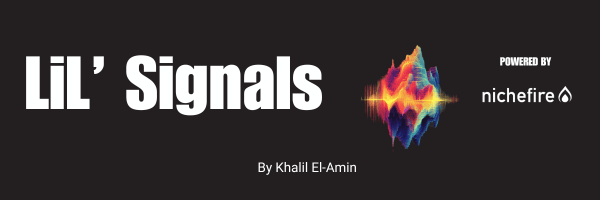
👋🏽 Hey There
Lil’ Signals is your go-to newsletter for decoding the cultural currents shaping our world.
Powered by Nichefire’s cutting-edge technology, we break down trends, tell compelling stories, and share actionable insights on how to tap into the power of cultural listening.
Stay ahead of the curve—one signal at a time.
In this edition, we’re unpacking the strategic use of controversy in marketing—how brands deliberately tap into negative sentiment to drive engagement. From Bonobos' bold campaign on masculinity to Duolingo’s viral "death hoax" stunt, we explore how companies are hacking attention cycles to stay in the spotlight.
But not every trend is worth chasing. That’s where cultural listening comes in. In this week’s Cultural Listening 101, we break down the Product Loop, a four-step system for identifying, analyzing, and predicting trends before they take off. Learn how to separate hype from lasting impact and use insights to stay ahead of cultural shifts.
Let’s dive in!!🚀
Table of Contents

StoryTime
The Art of Controversy – How Brands Use Negative Sentiment to Win Attention
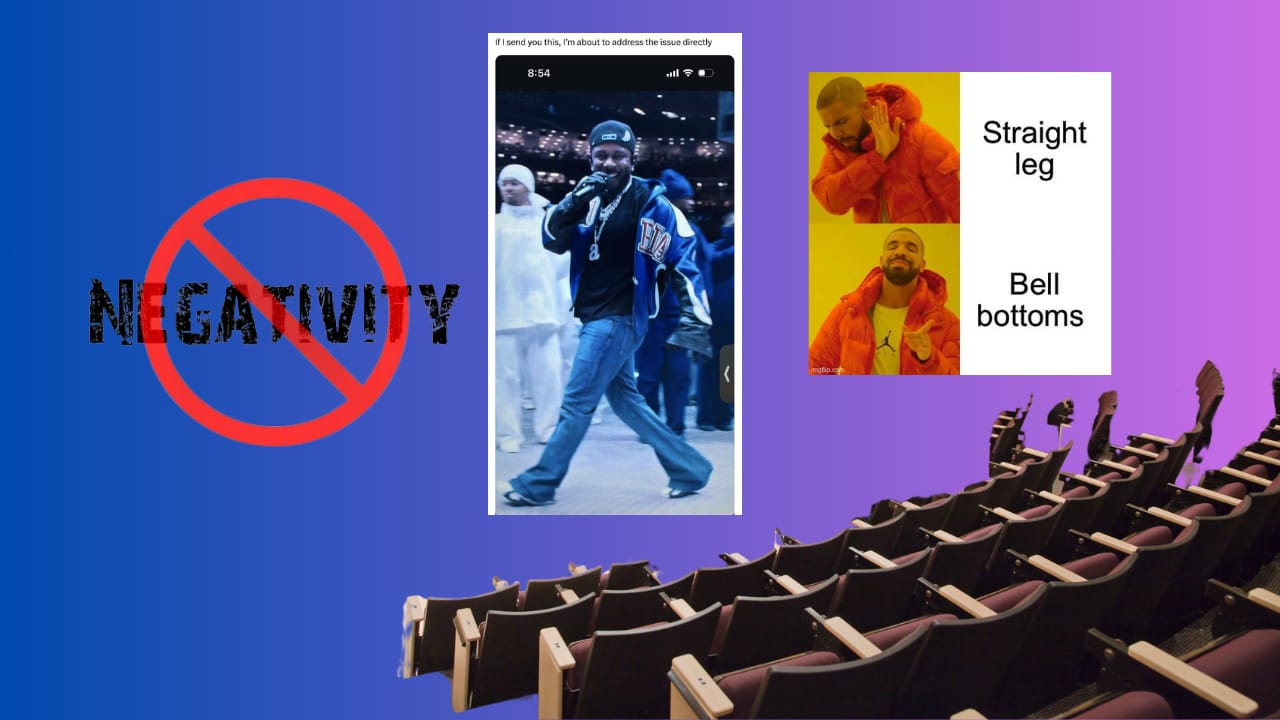
We live in an era where attention is currency, and brands will do almost anything to get it.
Some take the traditional route—polished campaigns, strategic messaging, and mass appeal.
Others?
They dive headfirst into controversy, leveraging negative sentiment to fuel engagement.
This isn't new.
But now, algorithms reward engagement, not sentiment, making the strategy more deliberate, calculated, and sometimes reckless.
The Bonobos Experiment (2018)
Back when Nichefire was a competitive analysis tool, we studied engagement patterns across major fashion brands—American Eagle, Bloomingdale’s, Bonobos, Michael Kors, Nordstrom, and Saks Fifth Avenue.
At the time, Bonobos was a challenger brand, far smaller than Nordstrom or Michael Kors.
Yet, its engagement numbers rivaled the biggest names.
Why?
In 2018, Bonobos launched an ad redefining masculinity. Instead of stereotypical “tough guys,” the campaign featured men embracing vulnerability, style, and self-expression.
The internet reacted with outrage.
The ad racked up 10 million views, flooded with dislikes and hostile comments. The like-to-dislike ratio was brutal—2.5 times more dislikes than likes.
On the surface, it looked like a disaster. But in reality, it was a viral masterstroke.
Despite the backlash, Bonobos’ core audience loved the message, and the controversy pushed them into wider cultural conversations.
And that’s the game.
The algorithm doesn’t care if you love or hate something—it only cares that you engage.
The Duolingo Playbook: A Masterclass in Viral Controversy
If you thought Duolingo’s recent social media antics were just random chaos, think again.
What looked like an unhinged joke was actually a well-planned viral strategy, perfectly timed around the Super Bowl and Kendrick Lamar’s halftime performance.
Here’s how they pulled it off.
Step 1: The “Death” of Duo
On February 11th, days before the Super Bowl, Duolingo announced its mascot, Duo the Owl, had “died”.
an important message from Duolingo
— Duolingo (@duolingo)
3:01 PM • Feb 11, 2025
The internet went wild.
Step 2: The Kendrick-Drake Connection
Just days later, Kendrick Lamar dominated the Super Bowl halftime show.
Coincidentally, Drake’s OVO brand is also symbolized by an owl.
Was Duolingo’s move just an edgy joke, or were they subtly inserting themselves into the biggest cultural conversation of the moment?
Intended or not, people connected the dots.
The "death of Duo" mirrored Drake’s perceived loss, making Duolingo part of the viral narrative.
"SAY DRAKE"
— Duolingo (@duolingo)
2:21 PM • Feb 11, 2025
Step 3: The Resurrection
For two weeks, Duolingo let the speculation build. Then, on February 24th, they brought Duo back to life.
faking my death was the test and you all passed
— Duolingo (@duolingo)
6:17 PM • Feb 24, 2025
And just like that, they completed the loop.
By stretching the stunt over two weeks, Duolingo hacked engagement cycles, generating massive visibility without ever explicitly taking a side.
Hijacking Culture: Kendrick Lamar’s Jeans & American Eagle
Now, let’s talk about a real-time marketing masterclass.
During the Super Bowl halftime show, Kendrick Lamar performed wearing Celine flare jeans—a high-fashion luxury item.
Sensing an opportunity, American Eagle hijacked the moment, posting content promoting their own flare jeans as if Kendrick was wearing them.
Social media exploded.
Some called it clever; others called it misleading. But the backlash only amplified the conversation.
More comments = more visibility.
At zero cost, American Eagle inserted itself into a viral moment.
When the White House Joins the Game
It’s one thing when brands use this strategy. It’s another when governments do it.
Lately, the White House’s social media strategy has raised eyebrows.
They have posted meme-like content, including a bizarre ASMR ice video mashup—something far outside traditional government messaging.
ASMR: Illegal Alien Deportation Flight 🔊
— The White House (@WhiteHouse)
6:45 PM • Feb 18, 2025
Then came the Trump meme.
The official White House account posted a photoshopped image of Trump in a crown, seemingly mocking him.
Regardless of political stance, it’s another deliberate engagement trap.
The strategy is the same:
Post something outrageous.
Get people to react (positively or negatively).
Let the algorithm do the rest.
Like brands, governments now rely on social media virality to dominate conversations.
The Bigger Picture: Psychological Warfare on Social Media
At this point, it’s clear:
This isn’t just marketing—it’s behavioral engineering.
Every time we react, comment, or share something we hate, we amplify it.
And brands (and even governments) exploit this at scale.
So, here’s the takeaway: Be intentional with your engagement.
Before you react, ask yourself: Am I helping this spread?
If we stop feeding negativity, do these tactics still work?
Or does the machine start to break?
Welcome to the Matrix. Don’t get played.
Peace. Let’s keep the conversation going.
Let’s explore the power of culture, one signal at a time.

Cultural Listening 101
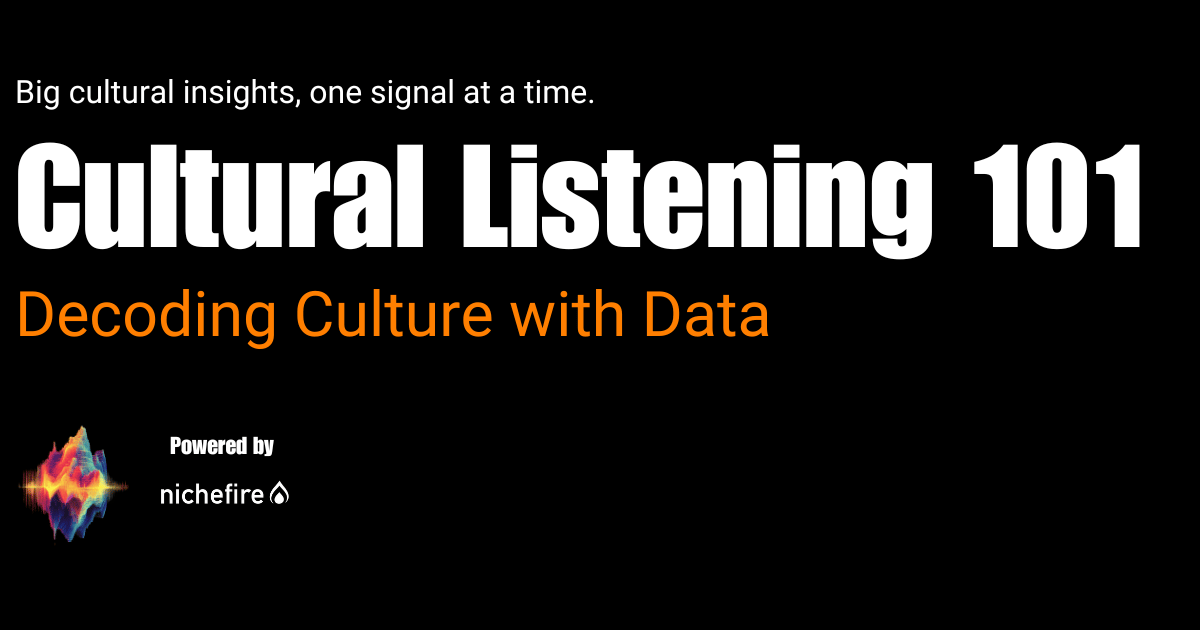
Cultural Listening 101: The Product Loop – A Smarter Way to Track Trends
Cultural conversations shift fast. Every day, new discussions emerge, trends take off, and brands struggle to keep up.
So how do you stay ahead of culture instead of reacting to it?
At Nichefire, we developed the Product Loop—a four-step system to identify, analyze, and predict trends before they hit the mainstream. This framework helps marketers and strategists focus on the right signals without chasing noise.
Let’s break it down.
Step 1: The Moments Matrix – Identifying Cultural Signals
Everything starts with the Moments Matrix, where trends are mapped into four quadrants based on growth and cultural relevance.
How It Works:
Bottom-left = Gradual Growth & Niche – Emerging trends with long-term potential.
Top-right = Mainstream & High Growth – Fast-moving trends shaping culture now.
What to Look For:
Emerging trends gaining traction in niche spaces.
Trends shifting toward mainstream, signaling they are about to break out.
For example, our analysis of art therapy revealed early growth in wellness communities, which inspired us to launch a Tiny Desk-style event around the trend.
Once you’ve spotted a trend, you move to Step 2.
Step 2: The Trend Summary – Understanding the Context
After selecting a trend, the Trend Summary provides key insights to assess its cultural impact.
What This Section Provides:
A clear description of the trend.
Keywords for deeper research.
Trajectory insights—is it growing or fading?
Engagement metrics—who’s talking about it and where?
This step ensures you’re analyzing real momentum, not just hype.
If a trend shows consistent upward growth, it’s worth exploring further.
Now, it’s time to unpack the conversation itself.
Step 3: Explorer View – Unpacking the Cultural Conversation
This is where cultural listening moves beyond numbers into meaning.
Inside the Explorer View, you can:
Analyze sentiment—Is the conversation positive, negative, or neutral?
Break down subcategories—Which industries or communities are engaging?
See where the conversation is happening—TikTok, Reddit, Twitter, news sites, or forums.
Explore key themes—AI clusters discussions into categories, revealing why a trend matters.
Why This Matters:
Raw volume isn’t enough—understanding emotional tone and who’s talking is key.
Trends shift across audiences—tracking this movement helps brands anticipate change.
For example, we discovered art therapy conversations were also gaining traction in fashion and beauty spaces, where it was used for creative inspiration and mental wellness content.
That insight reshaped our approach, allowing us to engage both wellness advocates and creative communities.
Once you understand the “why” behind a trend, it’s time for Step 4.
Step 4: Predictions – Staying Ahead of the Curve
The Prediction Model helps determine:
Is the trend sustainable?
Will it fade or continue growing?
How long will it remain relevant?
How It Works:
If a trend is approaching zero, it’s dying—move on.
If a trend remains high, it has lasting power—act on it.
Most brands react to viral moments after they peak. With cultural listening, you can spot trends early and predict what’s next.
The Cultural Listening Product Loop in Action
By following this loop—Moments Matrix → Trend Summary → Explorer View → Predictions—you can:
Find trends before they explode.
Understand what matters instead of chasing hype.
Act on insights before competitors catch up.
And the best part? The loop repeats.
Want to see it in action? Reach out on LinkedIn, Twitter, or Instagram for a hands-on demo.
Until next time, stay curious and stay ahead.
Want to see it in action?
Reach out for a walkthrough and start making cultural listening work for you.
See you next week for another installment of Cultural Listening 101.
Thank you for subscribing to Lil’ Signals.
If you enjoyed this post or know someone who may find it useful, please share it with them and encourage them to subscribe: https://lilsignals.beehiiv.com/p/lil-signals-decoding-culture-one-insight-at-a-time?draft=true

Content Engines
I want to see what You can create!
Got a cool AI-generated video?
Creative Experiment?
A bold Idea?
Share it with us!
Reply to this email with your best creations, and let’s see who’s leading the AI content revolution. 📤✨

Top Cultural Trends
Stay Ahead with Nichefire
In this new section, we’re diving into Nichefire’s unique tools to explore the top cultural trends shaping our world.
This week, we break down key insights from the Movements Matrix, spotlighting high-growth and emerging trends across 47 cultural categories
Spot Emerging Trends: Discover niche opportunities before they hit the mainstream.
Actionable Insights: Leverage cultural data to make faster, smarter decisions.
Comprehensive View: Analyze trends across 47 pre-trained cultural categories.
Lil’ Surfing 🌊
Just interesting articles I find on “The Internets” 😜

💬 Your journey into the world of cultural insights starts here!
Thank you for being part of the Lil’ Signals community. Together, we’ll decode the world, one signal at a time.


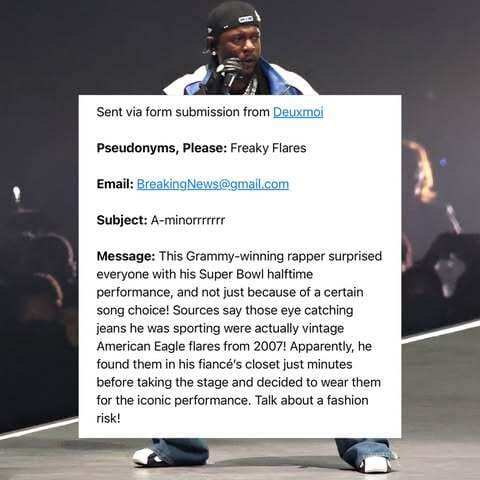
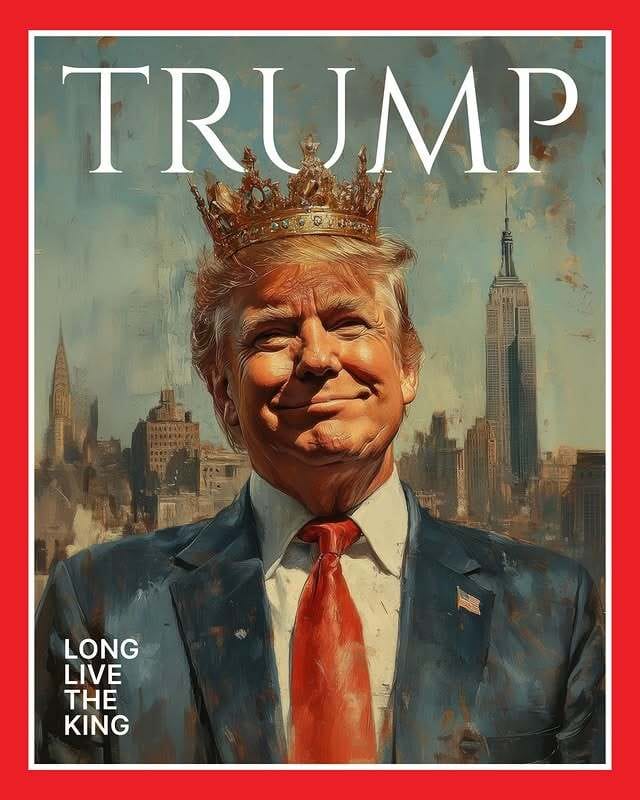
Reply